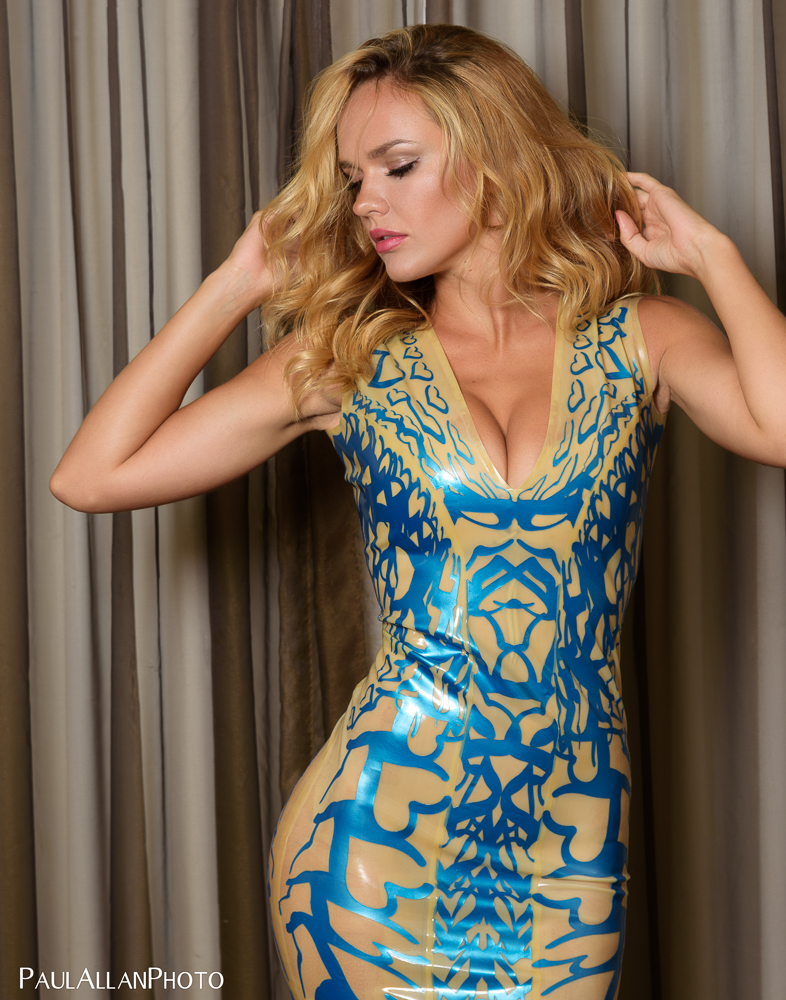Sometimes it’s only about how cute we look in a latex dress or how much our muscles bulge in a tight rubber shirt. Then other times—and indeed for a latex designer—it’s about finding the right material and texture or setting the perfect color for the textile art that we engage in. Then modern fashion, culture, even artistic statements influence us all to what we wear and make. And lastly, science can inform what we do and how we do it…and how eventually we all come to wear the latex that we love to wear.
Just this week, an interdisciplinary team, affiliated with the Macromolecules Innovation Institute, the College of Science, and the College of Engineering reported a novel innovation in printing “a variety of elastic materials with complex geometric shapes.” To the layman, this means that, finally, someone has overcome the limitation of 3-D printing when it comes to latex (liquid latex, especially). The process, called ‘additive manufacturing,’ saw these researchers chemically modifying the latexes they used as much as creating a custom 3-D printer. Not that many of us are aware, but outlined in this report, liquid latex is exceptionally fragile and difficult for chemists to alter. And the 3-D printers currently available were not up to the task required of them for this round of experiments.
Leave it to the scientists so see a challenge where others might see a hurdle.
Thrilled with the various colors and textures we can present to our customers, in our catalog, or with bespoke latex choices, we suspect that very soon 3-D printing will be part of our processes in some way. We currently employ laser cutting at the Dawnamatrix studio, a scientific advance we took to and one that changed the landscape on what we do. Who knows what will follow from this latest 3-D printing on liquid latex, or what’s coming next?
